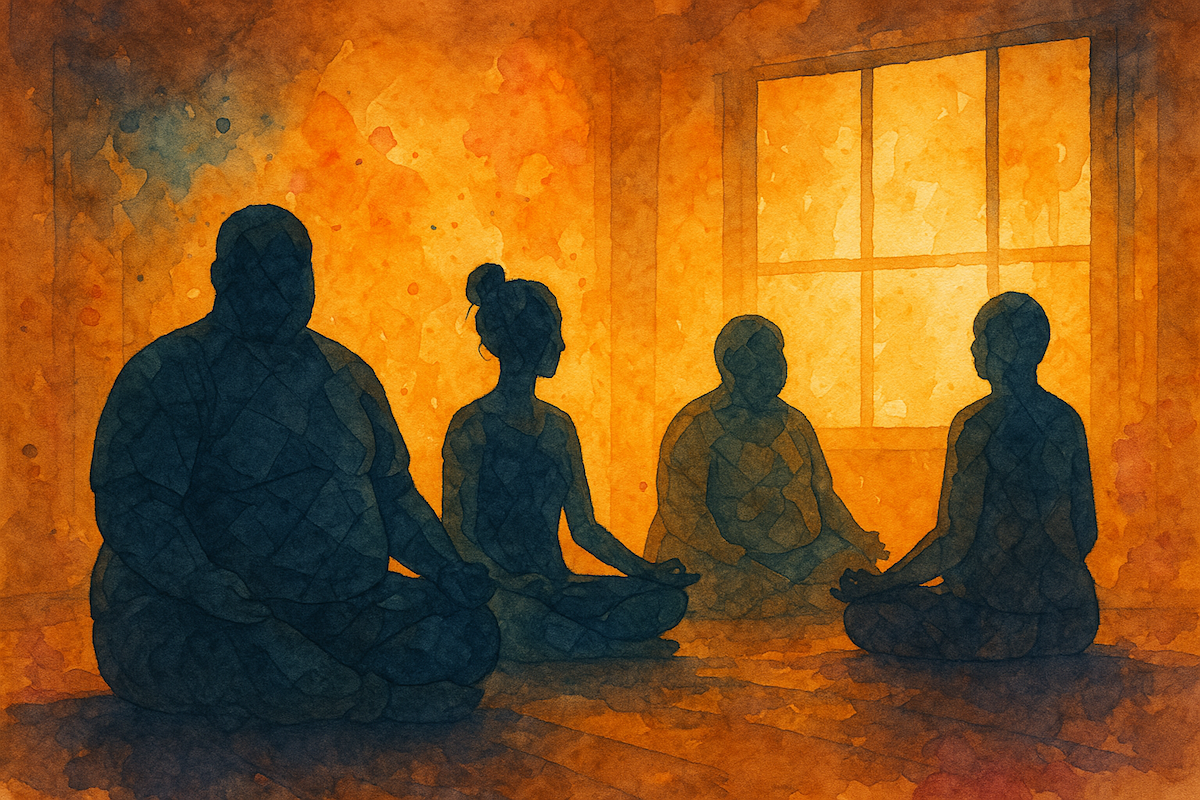When people picture binge drinking, they often imagine college students at rowdy parties or friends overindulging on a night out. But binge drinking is more than a youthful rite of passage or a quick path to feeling intoxicated — it’s a defined pattern of alcohol use that can quietly, and sometimes suddenly, cause serious harm.
According to the CDC, binge drinking means consuming about four or more drinks in two hours for women, or five or more for men. While it’s easy to dismiss occasional binges as “harmless fun,” research shows that even infrequent episodes can disrupt brain chemistry, strain vital organs, worsen existing mental health conditions, and increase the likelihood of developing alcohol use disorder (AUD).
For individuals already managing complex psychiatric disorders, the risks are even greater. Alcohol can intensify mood swings, interfere with medication effectiveness, and amplify symptoms of anxiety, depression, or trauma-related conditions. Recognizing how binge drinking fits into your life — or the life of someone you care about — is the first step toward protecting your health, preventing escalation, and seeking meaningful help when it’s needed.
1. Short-Term Risks: The Immediate Dangers
The most visible dangers of binge drinking show up almost immediately. Within minutes, alcohol begins to impair brain function — slowing reaction time, clouding judgment, and disrupting coordination. Even for seasoned drinkers, this rapid shift can be more intense than expected, especially when alcohol is consumed quickly.
These effects are why binge episodes carry a significantly higher risk of accidents, falls, alcohol poisoning, physical altercations, and uncharacteristically risky decisions. Emergency departments frequently treat individuals — often in their teens or twenties — who underestimated just how impaired they were, sometimes with life-altering consequences (Zyoud et al., Substance Abuse Treatment, Prevention, and Policy, 2025).
What this means for you:
If you’ve ever blacked out, sustained an injury, or woken up with gaps in your memory after drinking, it’s more than “just a rough night.” These are warning signs that your alcohol use is crossing into dangerous territory — signals worth paying attention to before the stakes get higher.
2. The Long Game: How Binge Drinking Damages Your Body Over Time
Avoiding accidents doesn’t mean you’ve escaped the impact of binge drinking. Heavy episodes leave a lasting imprint on your health — sometimes in ways you won’t notice until years later. The liver, heart, and brain all bear the brunt of alcohol’s toxic effects, and over time, the damage can be irreversible.
With repeated binges, the liver may first develop fatty liver disease, then progress to cirrhosis, and, in severe cases, liver cancer. The heart becomes more vulnerable to irregular rhythms, high blood pressure, and an increased risk of stroke. The brain — already affected in the short term — can experience long-term changes that impair memory, decision-making, and emotional regulation.
Alcohol is also classified as a Group 1 carcinogen — the same category as tobacco and asbestos. The science is clear: any level of drinking can raise the risk for breast, liver, colorectal, and oral cancers, with risks climbing as consumption increases.
What this means for you:
You don’t need to drink every day to face these health consequences. Even occasional binges, spread out over months or years, can silently push your body toward serious, and sometimes permanent, medical problems. Recognizing this pattern early gives you the best chance to change course before long-term damage sets in.
3. Alcohol + Your Brain: More Than a Hangover
Most people focus on the pounding headache and fuzzy memory after a big night, but binge drinking’s effects on the brain go deeper.
Imaging studies show that heavy episodic drinkers can lose both gray matter (involved in thinking and memory) and white matter (which connects different parts of the brain). In teenagers and young adults, this is even more concerning because the brain continues to develop well into the mid-20s (Lees et al., BMJ Open, 2018).
What this means for you:
If you notice trouble concentrating, remembering details, or managing emotions after repeated binges, it may not just be “getting older” or “being stressed” — alcohol could be playing a bigger role than you realize.
4. The Slippery Slope to Alcohol Use Disorder
It’s common for people who binge drink to think, “I’m not addicted — I don’t drink every day.” But AUD isn’t defined by how often you drink. It’s about the impact alcohol has on your brain, emotions, and ability to control your use.
High-intensity binges — drinking double or triple the standard binge threshold — can rewire brain pathways involved in reward and impulse control. Over time, this can trigger stronger cravings, sharper emotional swings, and a growing inability to stop once you start — all hallmark signs of addiction (Ramchandani et al., Frontiers in Psychology, 2021).
What this means for you:
If you’ve tried to cut back but found it harder than expected, or if drinking has started to cause problems in your relationships, work, or health, you may be seeing the early signs of AUD — even if you only drink on weekends. Catching these patterns early can make recovery faster, easier, and more effective.
5. The Connection to Cancer Risk
One of the most overlooked dangers of binge drinking is its link to cancer. The International Agency for Research on Cancer (IARC) classifies alcohol as a Group 1 carcinogen — the highest risk category — because it can damage DNA, disrupt hormone balance, and make cells more susceptible to dangerous mutations.
The risk applies to both men and women and increases with the amount and intensity of alcohol consumed. During binge episodes, blood alcohol concentration rises sharply, exposing tissues in the mouth, throat, liver, and digestive tract to toxic byproducts like acetaldehyde. Over time, this repeated exposure can significantly raise the likelihood of developing cancers in these areas.
What this means for you:
If cancer runs in your family, or you already have other risk factors, reducing or eliminating alcohol could meaningfully lower your long-term cancer risk. Even cutting back from binge levels can have measurable benefits for your overall health.
Hope for Healing at STR Behavioral Health
Alcohol dependence rarely develops overnight. For many, it begins with patterns like binge drinking — gradually reshaping the brain’s reward systems, building tolerance, and weakening self-control. Over time, cravings intensify, emotional reliance deepens, and what once felt like a choice can become a cycle that’s hard to break.
At STR Behavioral Health, we understand the unique challenges that come with every stage of alcohol use disorder. As a trusted mental health and addiction treatment center in Pennsylvania, we offer compassionate, evidence-based care to individuals and families throughout the state and surrounding regions.
You don’t have to wait for a crisis to seek help. Recovery is possible, and it can start today. Contact STR Behavioral Health to take the first step toward lasting change and reclaiming the life you deserve.
References
- Zyoud W et al., “Binge drinking: Bibliometric analysis…,” Subst Abuse Treat Prev Policy 20: 13 (2025).
- “Long-term effects of alcohol,” Wikipedia, accessed Aug 2025.
- Lees B et al., “Adolescent binge drinking and brain development,” BMJ Open 8(7): e023629 (2018).
- Ramchandani R et al., “High-intensity binge drinking and AUD domains,” Front Psychol 12: 750395 (2021).
Contact Us
Take the first step toward recovery today. Call now to connect with a compassionate team member who will answer your questions and guide you through the admissions process.
Prefer we reach out to you? Complete our contact form, and we’ll be in touch soon.
Admissions






